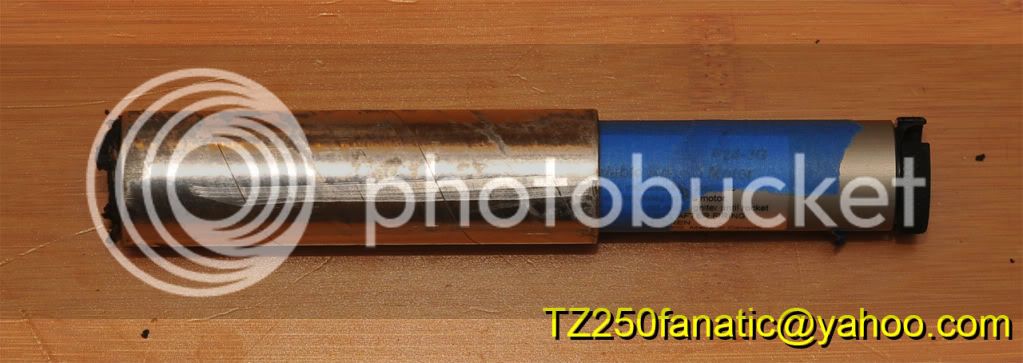TZ250
Well-Known Member
- Joined
- Apr 15, 2010
- Messages
- 300
- Reaction score
- 2
Everyone,
Please help me to diagnose the problem that I had last weekend with my Blackhawk 29's first flight. I used a CTI F240, a LOC 29mm-24mm adapter with tape on the motor and the adapter for a very tight friction fit, a streamer for motor ejection at apogee, -3 seconds on the delay and stock settings from the Raven.
The Blackhawk 29 disappeared off of the rail, but just above the rail everything came apart. It was hard to tell what happened because it happened so quickly.
Someone at the launch thought that the F240 had a manufacturer's defect. I don't know.
The Blackhawk is fine and suffered no damage. The motor case was ejected and not found.
Thank you for your help.
View attachment Nov_26_2011_C.FIPa
Please help me to diagnose the problem that I had last weekend with my Blackhawk 29's first flight. I used a CTI F240, a LOC 29mm-24mm adapter with tape on the motor and the adapter for a very tight friction fit, a streamer for motor ejection at apogee, -3 seconds on the delay and stock settings from the Raven.
The Blackhawk 29 disappeared off of the rail, but just above the rail everything came apart. It was hard to tell what happened because it happened so quickly.
Someone at the launch thought that the F240 had a manufacturer's defect. I don't know.
The Blackhawk is fine and suffered no damage. The motor case was ejected and not found.
Thank you for your help.
View attachment Nov_26_2011_C.FIPa








